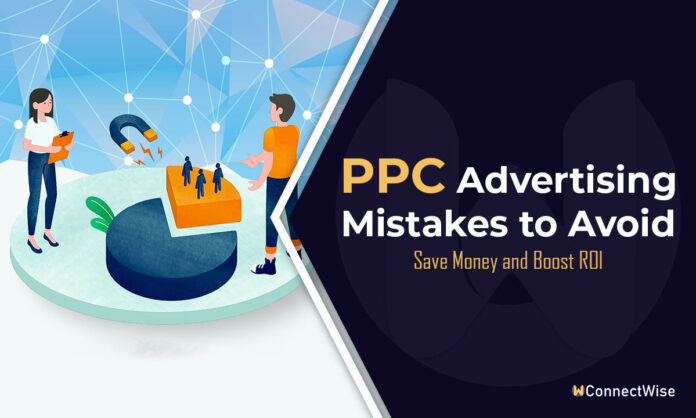Search Engine Optimization (SEO) is a crucial aspect of digital marketing that helps websites rank higher in search engine results pages (SERPs). An effective SEO strategy can significantly increase organic traffic, improve user experience, and boost conversions.
One of the key components of a successful SEO strategy is conducting regular SEO audits to identify and address any issues that may be hindering a website’s performance.
What is an SEO Audit?
An SEO audit is a process that evaluates how well a website is optimized for search engines. It identifies errors that can prevent a site from ranking well and opportunities that can help gain more visibility. An SEO audit usually covers areas like:
- Indexing and crawlability
- User experience
- Site architecture
- Competitor benchmarking
- Keyword research
- On-page SEO
- Backlink profile
In essence, an SEO audit is an overall “health check” for a website, analyzing its on-page, off-page, and technical optimization.
The purpose of an SEO audit is to find and fix issues that may be hurting a site’s rankings, provide opportunities to improve them, and refine the overall SEO strategy.

Why is an SEO Audit Important?
- Enables you to stay ahead of your competitors
- Improves your visitors’ user experience on your website
- Can identify valuable SEO opportunities that can maximize your return on investment
- Allows you to refine your SEO strategy
- Allows you to communicate the importance of SEO to stakeholders in your business
Tools for Conducting an SEO Audit
To perform an effective SEO audit, you will need access to the following tools:
- Google Search Console: a set of dashboards and reports by Google that allows you to monitor and troubleshoot any issues related to your website’s presence on Google.
- Semrush: an all-in-one SEO toolset that provides a comprehensive look at your site’s performance and helps you improve your website in all the crucial SEO areas.
- Ahrefs Webmaster Tools (AWT): a free tool that covers all the basics of an SEO audit.
Additionally, you may consider using other tools like Seobility, which is easy to use and provides simple reports for understanding and taking action on technical SEO issues.
The Step-by-Step Guide for Conducting an SEO Audit
The following is a step-by-step guide for conducting an SEO audit and optimizing a website’s on-page and off-page factors:
- Run a crawl of your website:
- A “crawl” is where software scans your website to find SEO issues. You’ll need to run one using AWT to form the basis of your SEO audit.
2. Review your website’s on-page optimization:
- Check your website’s title tags, meta descriptions, and header tags for relevance and keyword optimization.
- Ensure that your website’s content is unique, valuable, and optimized for your target keywords.
- Optimize your website’s images by using descriptive file names and alt tags.
3. Evaluate your website’s off-page optimization:
- Analyze your website’s backlink profile to identify any low-quality or spammy links that may be affecting your rankings.
- Look for opportunities to build high-quality, relevant backlinks from authoritative websites.
4. Assess your website’s technical SEO:
- Check your website’s loading speed and make any necessary optimizations to improve it.
- Ensure that your website is mobile-friendly and responsive.
- Review your website’s URL structure and make sure it is clean and optimized.
- Check for any broken links and fix them.
5. Conduct keyword research:
- Identify relevant keywords that your target audience is searching for.
- Optimize your website’s content, including blog posts, landing pages, and product pages, for these keywords.
6. Monitor your website’s performance:
- Use Google Analytics to track your website’s traffic, user behavior, and conversions.
- Set up Google Search Console to monitor your website’s presence on Google and identify any issues that may be affecting your rankings.
7. Optimize your website’s user experience:
- Ensure that your website is easy to navigate and that users can find the information they are looking for quickly.
- Optimize your website’s internal linking structure to help search engines understand the relationship between your pages.
8. Review your website’s content:
- Regularly update your website’s content to ensure that it remains relevant and valuable to your audience.
- Use tools like the Skyscraper Technique to create high-quality, link-worthy content that can help improve your website’s visibility.
9. Monitor your website’s backlink profile:
- Regularly check your website’s backlink profile to identify any new opportunities for high-quality, relevant backlinks.
- Disavow any low-quality or spammy links that may be affecting your rankings.
10. Track your website’s rankings:
- Use tools like Semrush or Ahrefs to monitor your website’s rankings for your target keywords.
- Identify any fluctuations in your rankings and take appropriate action to address them.
11. Regularly update your SEO strategy:
- SEO is an ongoing process, and it’s essential to regularly review and update your strategy to stay ahead of your competitors.
- Monitor industry trends and algorithm updates to ensure that your website remains optimized for search engines.

Understanding your target audience and their needs is crucial for the success of your SEO audit and website optimization efforts. By implementing these techniques and staying up-to-date with the latest trends in SEO, you can enhance your website’s visibility, ranking, and overall performance.




